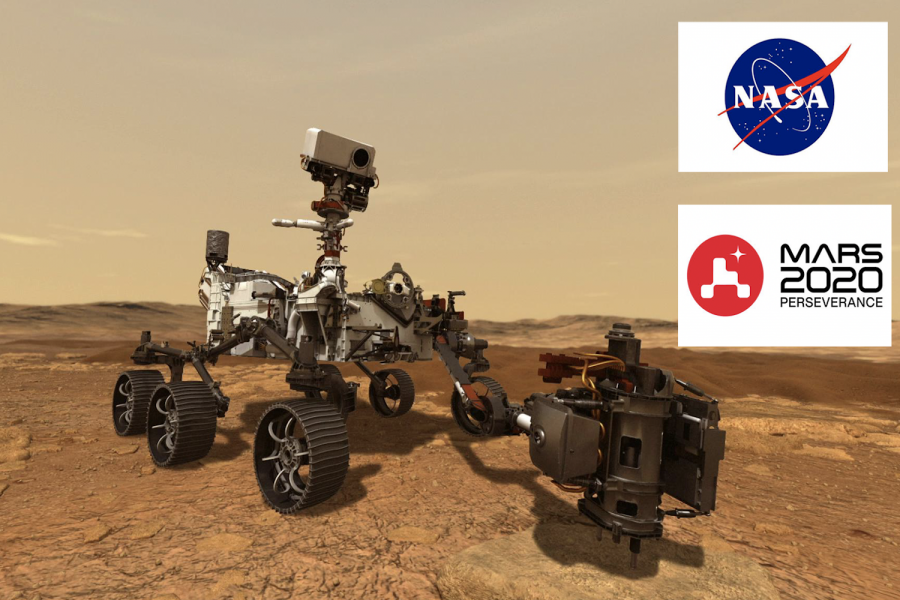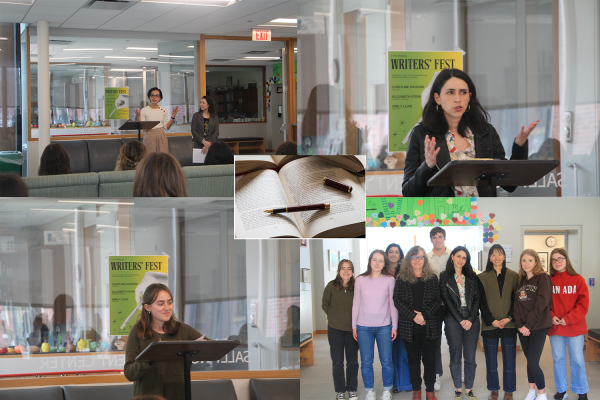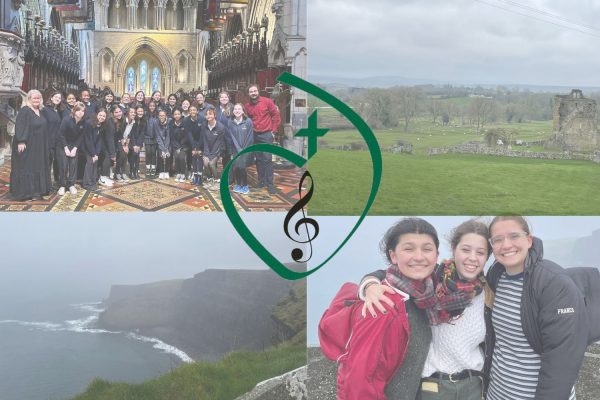Perseverance’s historic landing on Mars inspires students to study the planet
NASA’s Perseverance rover, which will help scientists determine if life was present on the red planet, landed on Mars February 18.
The National Aeronautics and Space Administration (NASA) Mars 2020 Perseverance rover landed on the red planet February 18. Using this robotic explorer, scientists strive to discover if life existed on Mars before the planet became barren. Students at Sacred Heart Greenwich have the opportunity to learn about space exploration through the Science Research program. Additionally, Mr. Rick Bria Jr., Part-Time Astronomy Technician, helps students study astronomy at the Mary Aloysia Hardey RSCJ Observatory.
This year, several space agencies sought to further research Mars through robotic explorers. Hope, the United Arab Emirates Space Agency’s rover, entered orbit around Mars February 9, making it the first robotic explorer to arrive on the planet. The following day, the China National Space Administration’s rover, Tianwen-1, landed on Mars. This made Perseverance the third rover to land on the planet, according to The New York Times.
NASA’s rover arrived at the Jezero Crater, which is located north of the Martian equator. Experts believe that this 28-mile-wide crater was underwater more than 3.5 billion years ago, according to mars.nasa.gov.
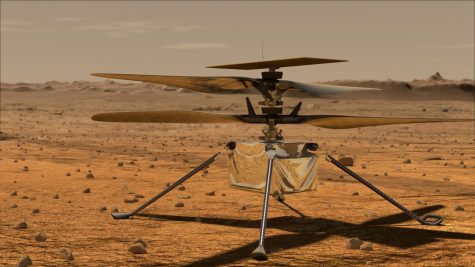
Scientists from NASA designed Perseverance as a means to study astrobiology on Mars. During its time on the planet, the rover will collect Martian rock samples that a spacecraft will later bring to Earth in the next decade. Through inspecting its geology, scientists endeavor to determine if there was life on Mars when it submerged in water, according to The New York Times.
Scientists have already gathered information about Mars from the Perseverance rover. The rover’s cameras generated a video of its landing when it was seven miles above the surface. The robotic explorer also produced the first audio recording of sounds from Mars. Additionally, scientists recorded weather observations and analyzed the panorama of the Jezero Crater, according to nasa.gov. Perseverance also executed its first drive March 4, which lasted around 33 minutes, according to nasa.gov.
Perseverance will deploy a helicopter called Ingenuity 30 to 60 days after its descent. The four-pound helicopter will fly on the Martian atmosphere and pave the way for future rotorcraft. Scientists hope that these helicopters will produce images that rovers and orbiters currently cannot generate, allowing them to gain access to areas that robotic explorers are unable to reach, according to nasa.gov.
Within the Sacred Heart community, Mr. Bria enhances students’ understanding of space and planets at the observatory. He highlighted the significance of learning about the red planet as this then facilitates a greater comprehension of the Earth.
“Mars is a small planet that can be difficult to observe,” Mr. Bria said. “Earth is only close to Mars about every two years. But that just adds to the challenge. At the observatory, I hope to spark an interest about Mars and all objects the heavens have to offer.”
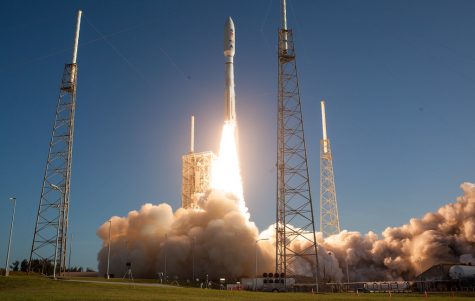
Students also learn about and research space exploration through their Science Research studies. Senior Piper Gilbert aspires to be an astronaut due to her passion for astronomy and Mars. Over the summer, she interned for NASA through participating in the Science, Technology, Engineering, and Mathematics (STEM) Enhancement in Earth Science (SEES) program. Piper was part of the Mars Exploration Team and worked in conjunction with her group members to develop a Martian base.
Piper has also researched “The Effect of Simulated MGS-1 Martian Soil on the Growth Rates of Plants” for the past three years as a part of her Science Research project. She believes that it is imperative for people to learn about astronomy and NASA’s current endeavors in Mars as scientists will continue to explore other foreign planets in the future.
“I think it’s important for people to enhance their knowledge of Mars because space exploration is the wave of the future,” Piper said. “Humans are naturally inclined to expand and learn more, and the universe has so much to offer, and we currently know so little. It is logical, then, that we will work to understand the cosmos in the coming years and far into the distant future.”
Featured Image by Ana López del Punta ’23

For her final year on the KSC staff, Ana is incredibly grateful to serve as Co-Editor-in-Chief. To help ensure the success of the paper in upcoming years,...

